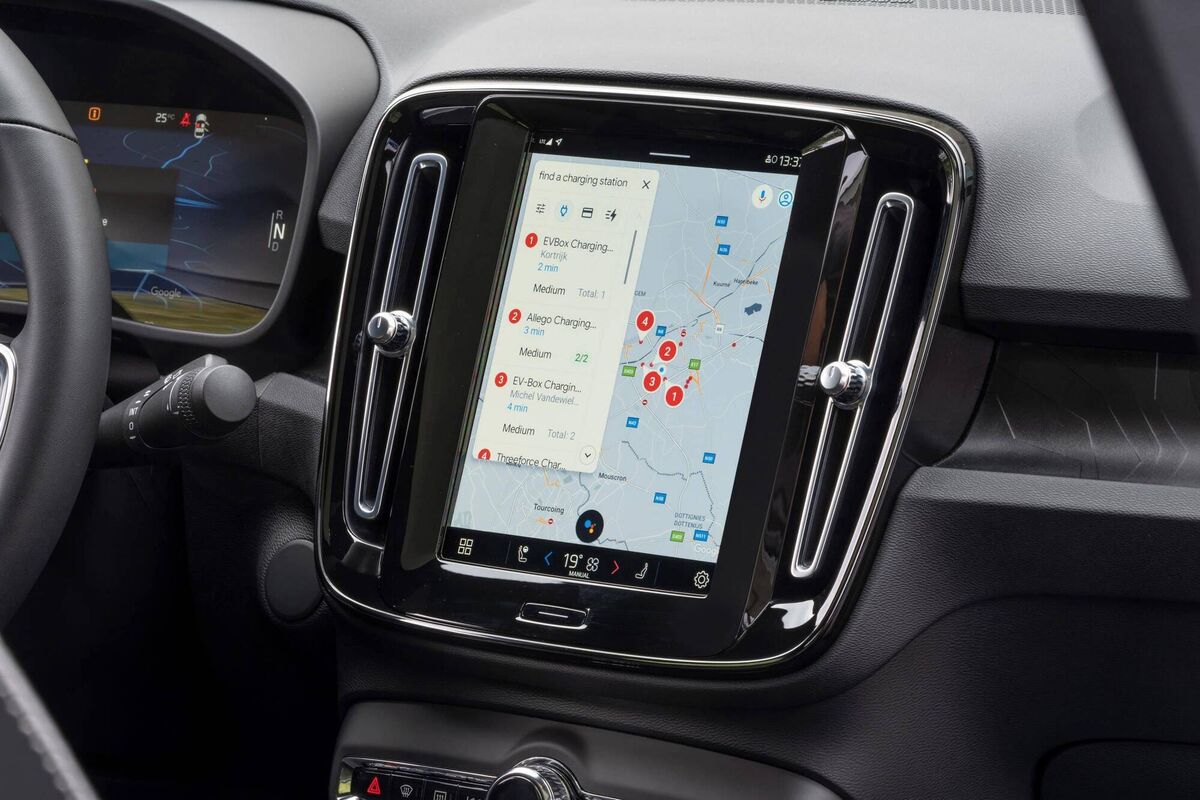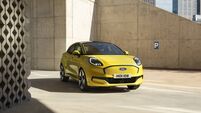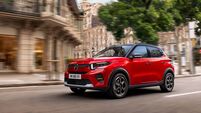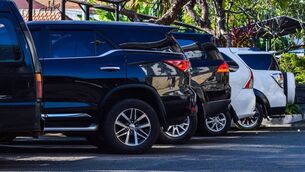Drive for electric gathers speed but greater infrastructure needed

The Citroën ë-C4, powered entirely by electricity, which launched last year has a claimed range of 350km. Picture: Citroën/PA
The term ‘sustainable motoring’ might seem like an oxymoron, but the fact of the matter is that the world needs sustainable forms of the motor car, the van, the truck and the motorbike – and quick.
To many people that simply means going to their local car dealer, buying an electric and forgetting about it. But it’s not that simple and while a lot of people have already happily invested in electric motoring, it does not necessarily mean that they are contributing to a sustainable world.
We are still very much in the early stages of this technology and much of it is still fairly rudimentary; indeed it was not so long ago that if you bought a Renault electric, the batteries were not part of the sales package because you had to lease them separately.
This was because Renault knew when it came to disposing of the batteries once their lifetime usefulness was spent, it was facing an ecological nightmare.
To that end, they would only lease the battery packs because in the event of individual lawsuits – or worse, class actions by groups of disgruntled punters – they could be sued to hell and back with no recourse.
CLIMATE & SUSTAINABILITY HUB
Now while there are still many concerns about the environmental friendliness of car batteries at their life’s end – or more specifically the mineral contents of same – things are getting better almost on a daily basis and with the collective ingenuity of car makers being utilised to its full extent, the world is getting on top of those problems which have dogged the industry in the race to electrification.
Indeed, there were – at least until recently – no guarantees that electricity was the clean answer to our earthly problems. Hydrogen was touted as the solution by many individuals and companies, but the volatility of that power source and the dangers associated with creating a hydrogen infrastructure, not to mention to sheer cost of it, ultimately made electric power the global choice.
Of course, bringing electric cars to the masses is not exactly going to be easy either and here in Ireland alone, while we have been set ambitious targets by the authorities – some would say the targets are way too ambitious to be realistic – we are slowly but surely seeing a definite path to making electric-powered cars viable.
There are still many fences to be negotiated, but there are signs these can be overcome; it may be that we will not meet some of our timeline objectives, but there is reason to be relatively objective, provided:
- people willingly buy-in and will spend their money on cars with a viable range
- the authorities provide the right incentives to both boost sales and create the necessary infrastructure
- the manufacturers come up with the product.
On the first of those points, the indications are that public buy-in is a done deal. The sales figures for the first quarter here showed that over 10,000 electric vehicles had been purchased and registered and by comparison with the previous glacial level of sales, this was a major breakthrough and a trend that will continue unabated.
The second point means that the Government has to continue to support sales by way of SEAI grant aid for electrics while also supporting the creation of a charging infrastructure which can keep pace with the increasing number of electric vehicles on our roads as well as ongoing improvements in charging technologies. To do this they have to incentivise also the electricity providers so they go out and invest in the necessary technologies and the charging infrastructure.

The third of the above points is the one which perhaps holds most interest from the motorists’ point of view. One of the alluring characteristics of the motor car is not only the variety of them, but also the variety of the engines that powered them.
When electrics first started making their mark, manufacturers seemed contend simply to provide machines which got us from A to B without running out of juice.
But, as they have realised down the years, there is a yearning among car buyers for that something special – that something which is different from what Joe Schmoe next door is driving.
Cars have forever been a physical representation of their owner’s character and now that the technologies are allowing a much wider spectrum of electric cars, people are now more willing to spend their cash on different kinds of EV – from the mundane to the super-dooper.
But even when looking at the mundane end of things – i.e. cars which will sell in vast numbers and not those with an exclusive tag – look no further than what Toyota is doing.
It is perhaps unfair to single out one manufacturer in this regard, but what Toyota is aiming to do, both in the short and long term, is a good indicator of where the EV is at.
Having pinned their sales pitch for so long on self-charging hybrids and made bundles to cash selling them, Toyota long ago realised that EVs were the way to go.
The company did dabble with hydrogen fuel cell cars (the very competent Mirai, being a superb zero-emission example), but ultimately climbed aboard the EV wagon.
In very short order they will unveil 30 new EVs and, given the company’s historic successes in whatever field of motoring endeavour it tackles, there is no doubt it will succeed.
It is already getting very excited about the soon-to-be-launched BZ4X SUV, which has already begun production in the company’s Motomachi pant and which, before 2030 will be the forerunner of a gaggle of ‘BZ’ designated cars.
The ‘BZ’ designation, by the way, stands for ‘beyond zero.’ Other industry Behemoths – such as the VW Group, BMW, Renault, Ford, Mercedes and many others are already well underway on their electric journey and the latter recently promised a power unit which will deliver a range of 1,000 kilometres. In current terms 1,000 km is the Everest of ambition, but as might easily be predicted that will only be the start of it.
Sure sister companies Hyundai and Kia have already produced excellent machines in the Ionic 5 and the EV6 which have both have an impressive and workable range, but this is only the thin end of the wedge and before long we will see cars with the ability to get you from Cork to Donegal without having to send out scouts with emergency charging facilities in order to make the trip.
Don’t anyone think that our watershed move from the internal combustion engine to the EV is going to be as smooth as a baby’s bottom, because it most certainly will not be. But it is going to happen and happen very quickly.
There will be hiccups along the road – already the Stellantis (Peugeot, Opel, Citroen, Fiat, Jeep et al) boss Carlos Tavares is predicting that by 2025 there will be battery shortages despite current plans to ramp up production ahead of growing consumer demand.
Add to that an industry which is already suffering from the after-effects of the COVID pandemic, as well as a critical shortage of computer chips and you, can foresee problems.
Despite that, the aim of a world of sustainable motoring is not far away and is, in fact, getting closer with every passing day.
CLIMATE & SUSTAINABILITY HUB








